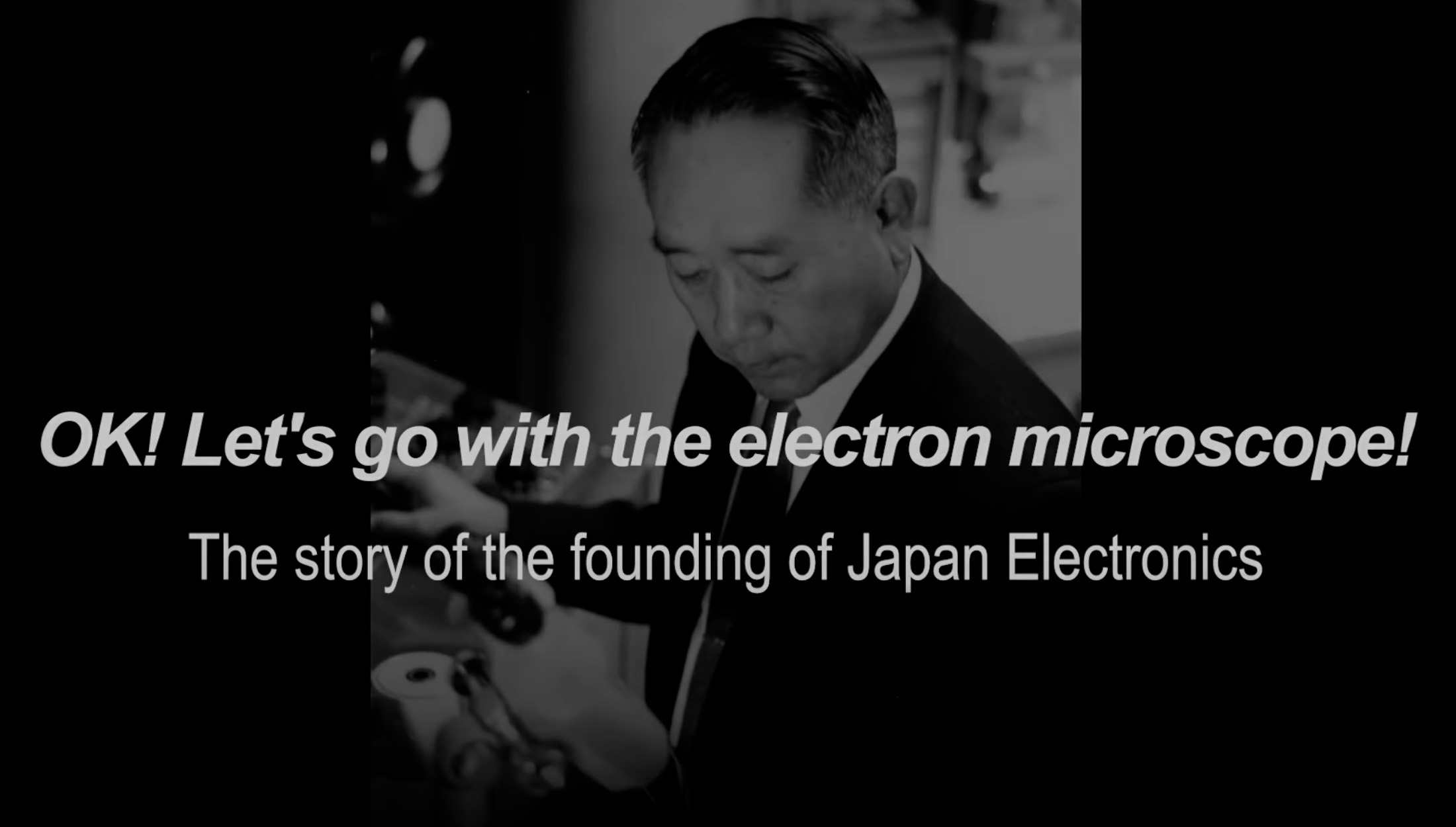
The story of the founding of Japan Electronics
JEOL, founded in May 1949, soon after the end of World War II, is celebrating its 75th anniversary.
Since its foundation, JEOL devoted its activities into developing cutting-edge scientific and metrology instruments, industrial equipment, and medical equipment with the strong belief to "support science and technology in the world". More and more countries aim to become science and technology powerhouses as in a competition among nations, and investment in cutting-edge technology is accelerating worldwide. Recently, JEOL clearly defined its future direction as "becoming a top niche company supporting science and technology around the world".





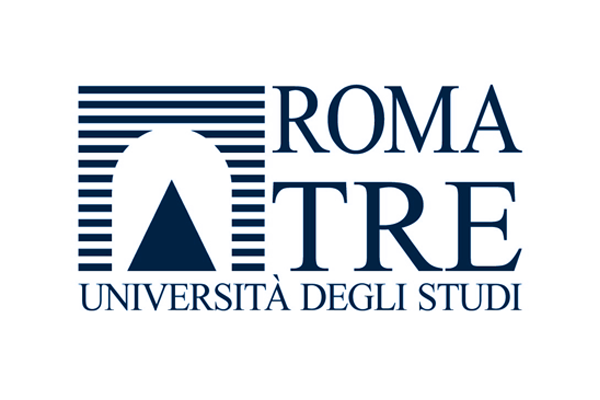

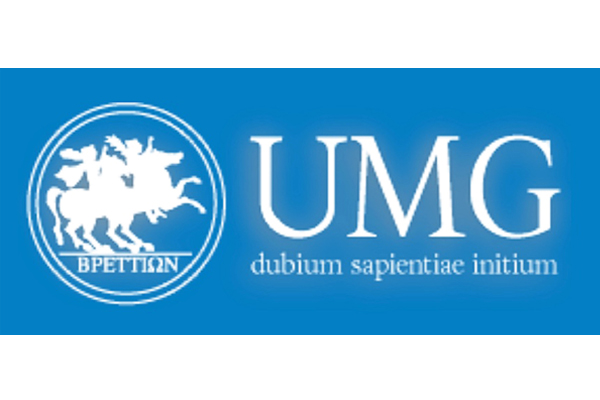





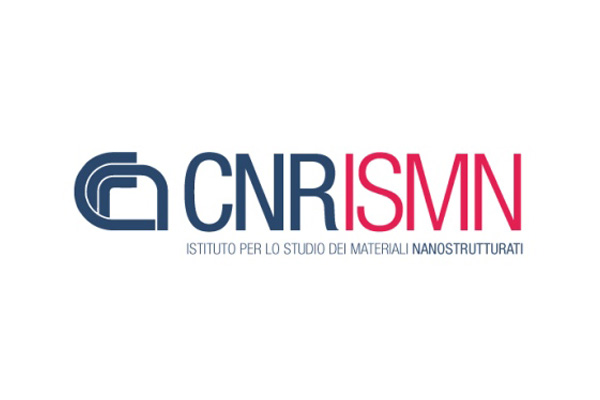


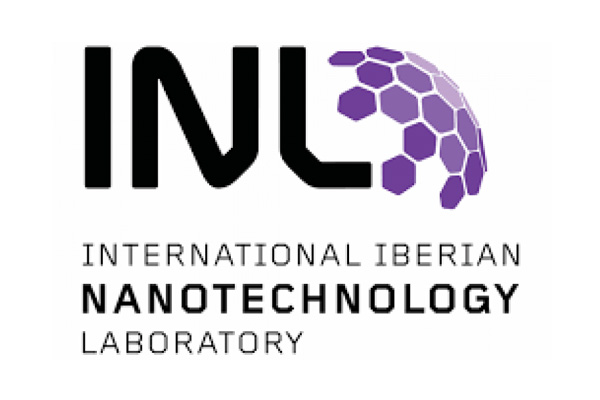




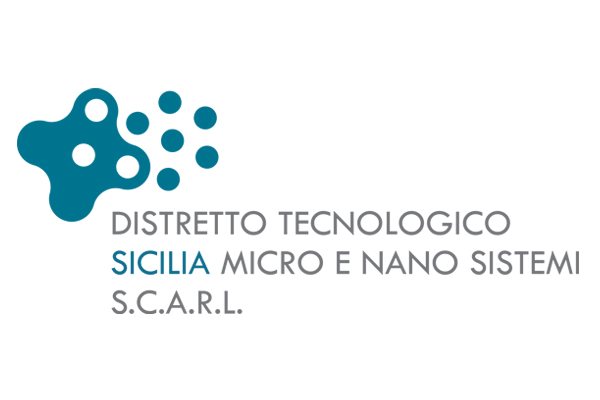
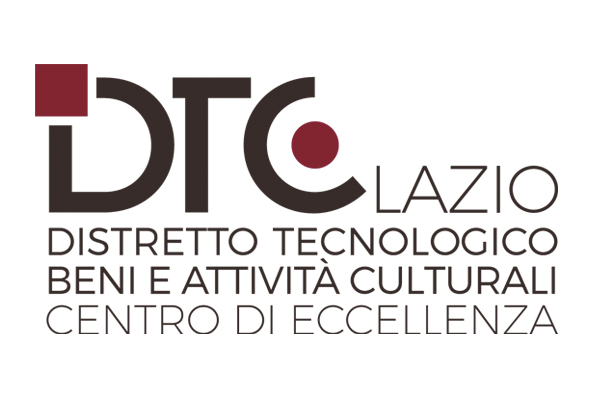
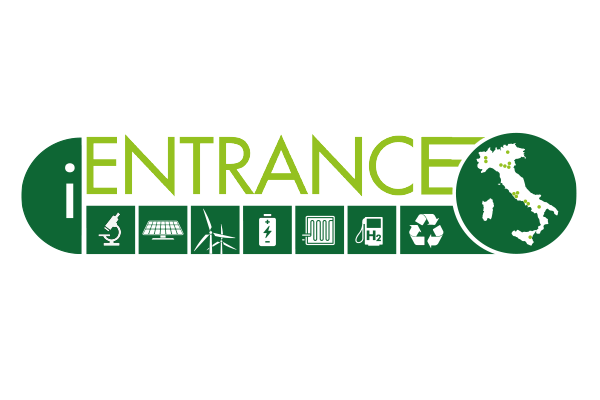
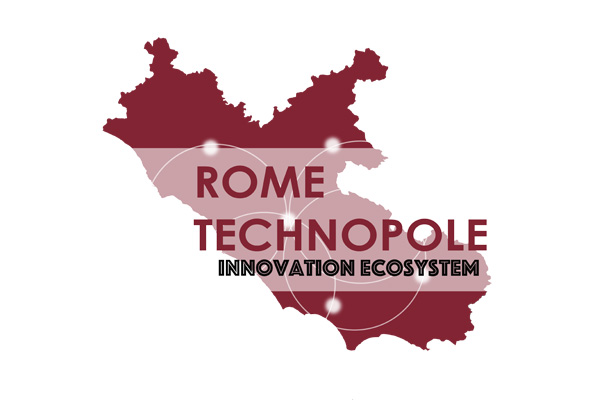



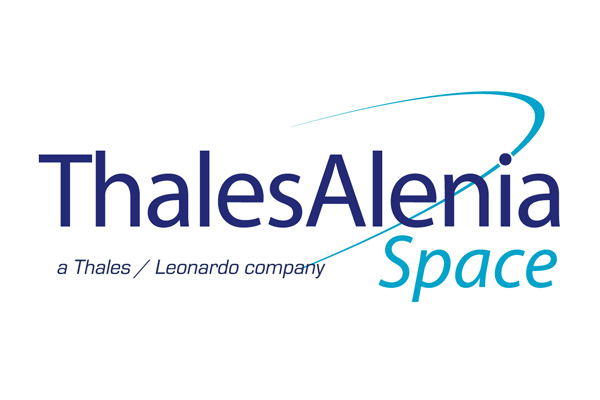
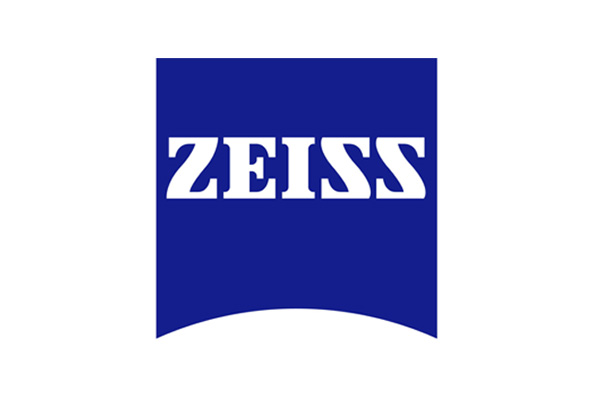
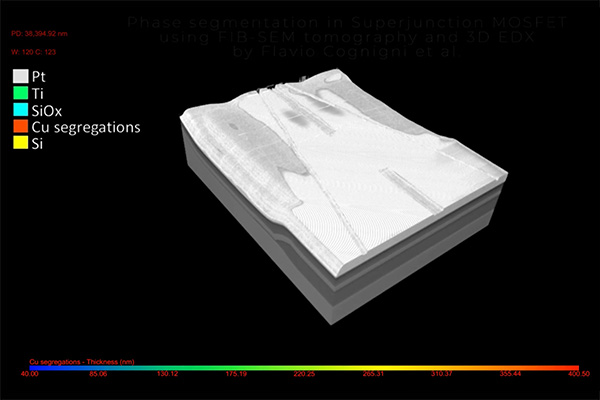

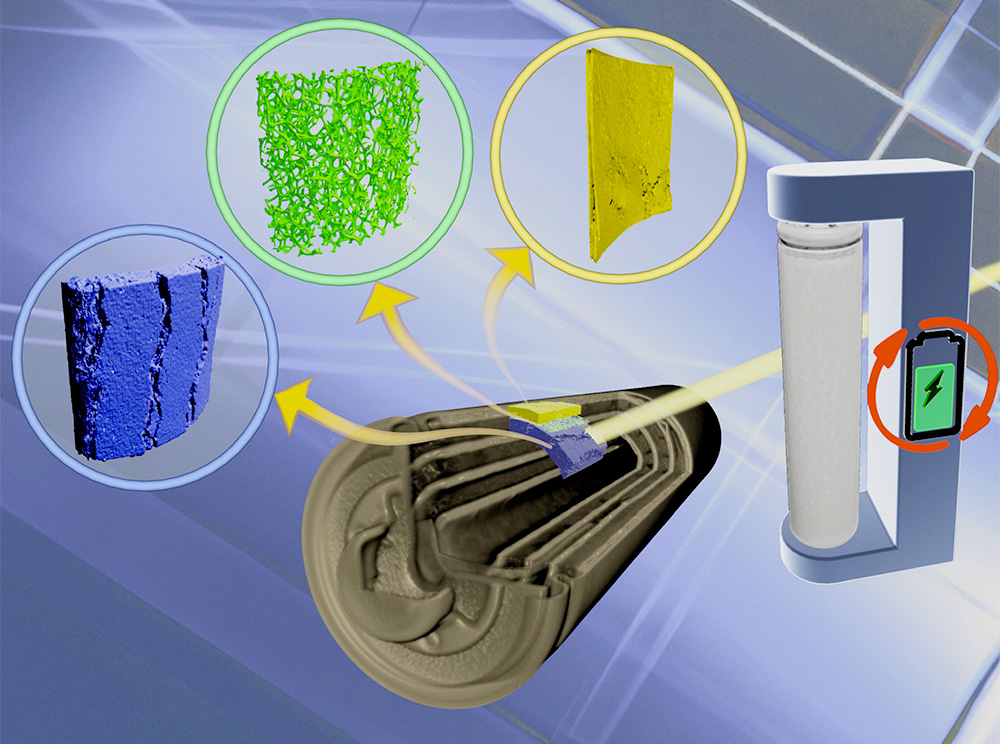 The leading scientific journal "ChemElectroChem" dedicates the cover of its n. 7 issue to a research entitled "X-Ray Microscopy: A Non-Destructive Multi-Scale Imaging to Study the Inner Workings of Batteries," carried out as part of the iENTRANCE project, at the new CNIS laboratories in Sapienza. Authors: Dr. Flavio Cognigni, Professor Mauro Pasquali, Dr. Francesca Anna Scaramuzzo, and Professor Marco Rossi of ICI-SBAI.
The leading scientific journal "ChemElectroChem" dedicates the cover of its n. 7 issue to a research entitled "X-Ray Microscopy: A Non-Destructive Multi-Scale Imaging to Study the Inner Workings of Batteries," carried out as part of the iENTRANCE project, at the new CNIS laboratories in Sapienza. Authors: Dr. Flavio Cognigni, Professor Mauro Pasquali, Dr. Francesca Anna Scaramuzzo, and Professor Marco Rossi of ICI-SBAI.